Almost midway through the thoroughly researched and visually arresting ‘Soul of a Nation’ hangs Middle Passage (1970) by Frank Bowling. It’s a piece that positions itself in dialogue, not only with much of the work already encountered in an exhibition that examines African-American visual art across the two decades following the 1963 March on Washington, but also in relationship to a wider set of transnational and transgenerational traditions. For black British artists who emerged during the early 1980s (the focus of a recent display, ‘The Place is Here’, at the South London Gallery), Bowling provided a tangible link between two historical moments. His attendance at the First National Black Art Convention, held in Wolverhampton in 1982, put him into contact with the BLK Art Group, whose members included myself, Marlene Smith, Eddie Chambers, Claudette Johnson, and Donald Rodney, as well as young UK-based artists such as Sonia Boyce, Lubaina Himid, and Rasheed Araeen. In retrospect, the unique perspective Bowling brought to that event based on similar debates he encountered in the US – which are vividly explored in ‘Soul of a Nation’ – undoubtedly informed the development of the British Black Arts Movement.
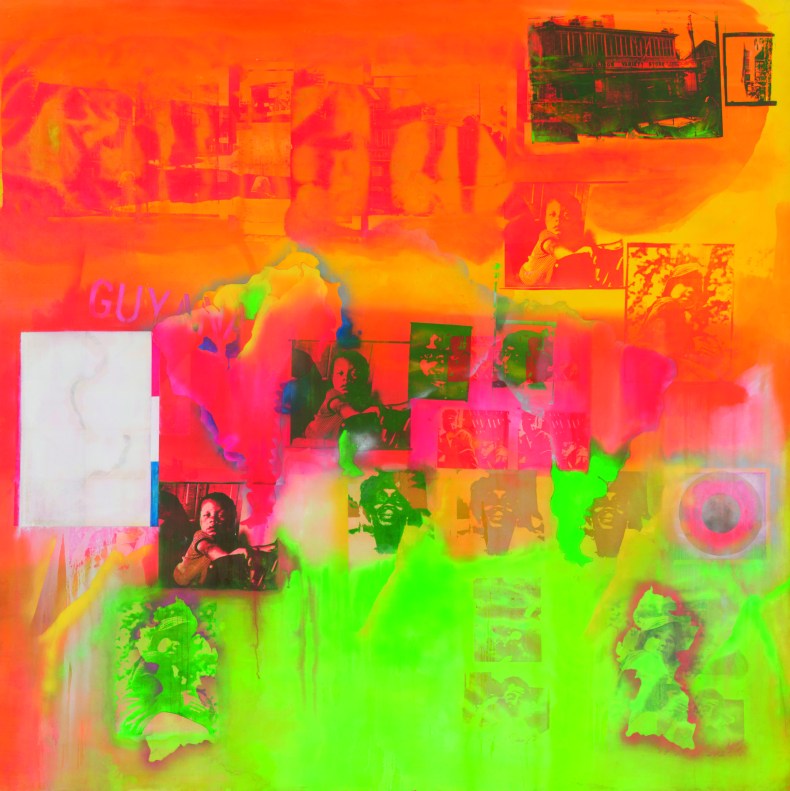
Middle Passage (1970), Frank Bowling
We are first introduced to the symbolic monochrome used by the Spiral Group, in which Romare Bearden drains the colour from his signature collage work and embraces the then new technology of the photostat. We see how Emory Douglas and Faith Ringgold embed their practice as a tool of actual struggle, encoding the political ideology of the Black Panther Party into graphic form for the Party newspaper from 1967 onwards. A similar set of political alignments informs Dan C. Chandler’s restructuring of Fred Hampton’s bullet-riddled door as a gallery-based assemblage of found and painted objects. For Betye Saar, assemblage is a creative strategy in her subversive remodelling of the mammy figure in The Liberation of Aunt Jemima (1972).

The Liberation of Aunt Jemima (1972), Betye Saar. Courtesy of the artist and Roberts & Tilton, Los Angeles, California; © Betye Saar
One of the strengths of this exhibition is the way it clusters connected artists and specific geographic concerns into thematic spaces. Saar’s work is shown in a room dedicated to ‘Los Angeles Assemblage’, which links her work to that of Melvin Edwards, Noah Purifoy, and John Outterbridge, all of whom used found objects in response to political upheaval. The focus then shifts to Chicago and the artist collective AfriCOBRA, formed in 1968. Here, a shared vivid colour palette and complex montage of iconography, text, and patterns speak to the conscious search for a coherent and politically engaged ‘black aesthetic’ in the work of Carolyn Lawrence, Gerald Williams, and Wadsworth Jarrell. By focusing on the moment when Charles White and his student David Hammons exhibited together with Timothy Washington in the 1971 exhibition ‘Three Graphic Artists’, room six reminds us that dialogue between artists can also be cross-generational.
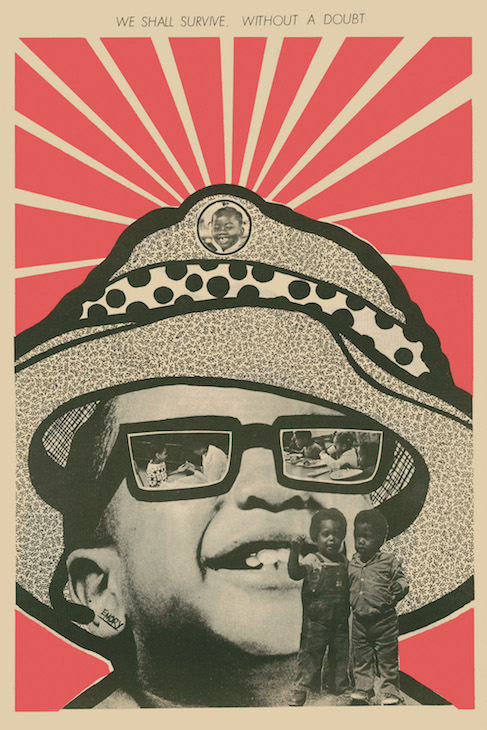
21 August 1971, ‘We Shall Survive without a doubt’ (1971), Emory Douglas. Courtesy of Emory Douglas/Art Resource, NY; © Emory Douglas/ARS NY
The exhibition then shifts gear to consider ‘East Coast Abstraction’, where we find Bowling’s vast Middle Passage alongside canvases by Sam Gilliam, Jack Whitten and William T. Williams. Bowling’s role as curator and contributor to the seminal ‘5+1’ exhibition in 1969, as well as his defence of abstraction as a viable creative language in the face of criticism from artists such as Chandler, place him at the centre of this moment. However, Middle Passage floats just outside the realm of formal abstraction. The show articulates the extent to which these artists were not only in conversation with each other, but were in active dialogue with – and integral to – mainstream contemporary art. A work like Trane (1969) by William T. Williams, for example, has parallels with the work of Frank Stella; Virginia Jaramillo and Ed Clark are clearly working within Post-Painterly Abstraction.
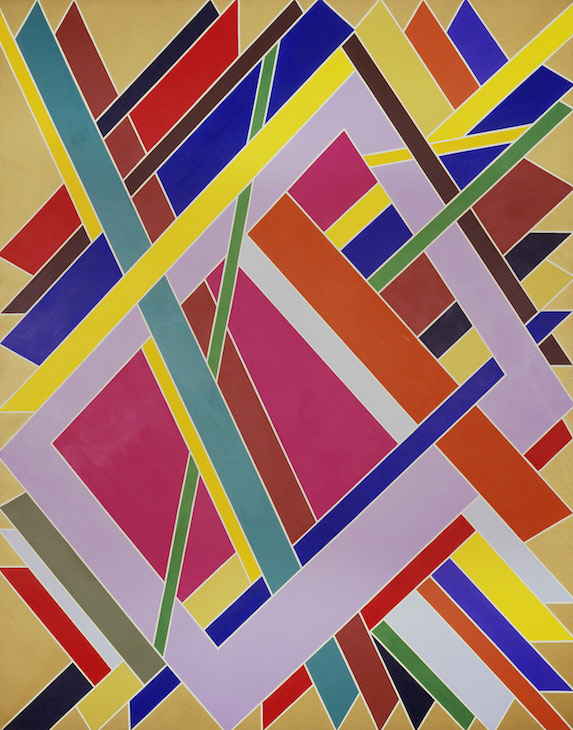
Trane (1969) William T. Williams. Courtesy of Michael Rosenfeld Gallery LLC, New York; © William T Williams
Bowling’s arrangement of photographic imagery silk-screened directly on to canvas and then overlaid by a wash of pigment and painterly marks situates him alongside Rauschenberg and Warhol. However, it is in the heraldic use of colour that Middle Passage establishes an even wider set of aesthetic and conceptual connections. The predominant palette of green, yellow and orange/reds draws on the flag of Bowling’s native Guyana; they are the colours used on a number of postcolonial African flags and by Pan-Africanist movements such as Rastafarianism, rendering this colour scheme deeply symbolic. It also references the colours used in the work of AfriCOBRA artists Carolyn Lawrence and Gerald Williams, who attempt to reconnect with an Africanist aesthetic that unravels the loss and violence of the ‘middle passage’ of the Atlantic slave trade from which the title of Bowling’s work is derived.
In his engagement with North American critical debates, while nodding back to the Caribbean of his childhood and the wider arc of transatlantic Pan-Africanist politics, Bowling is a pivotal transitional figure – both in this exhibition and beyond. When, a decade after the completion of Middle Passage, Bowling was approached by Marlene Smith – at the time a Birmingham-based school pupil researching an A-Level essay – it revealed how he was one of only a handful of black artists visible in the UK. The insight that Bowling brought, after this initial contact with Smith, to the First National Black Art Convention hinted at the richness of practice within the US. Such transatlantic dialogues have deepened over subsequent decades, radically shaping black art practice both within the US and the UK.
Icon For My Man Superman (Superman Never Saved Any Black People–Bobby Seale) (1969), Barkley Hendricks. Courtesy of the artist and Jack Shainman Gallery, New York; © Barkley Hendricks
Barkley L. Hendricks’ self-portrait Icon for My Man Superman (1969), the show’s signature piece, signals a refreshing confidence in the reclaimed black image of the late 1960s. Directly opposite is a quieter work by Bob Thompson. LeRoi Jones and his Family (1964) is intriguing in its embedding of this cultural figure into the domesticated setting of his family, and in the semi-abstracted figure at the bottom right of the canvas. According to some, this is a representation of Kellie Jones, who emerged in the late 1980s as a key figure in opening discussions between black British artists and their US counterparts through her curation of ‘Interrogating Identity’ at New York’s Grey Art Gallery in 1991. I would argue that this portrait of a young Kellie Jones points to the extensive creative dialogues to come between this exhibition – the most significant and informed contribution to debates around black art to date – and a new generation of UK artists.
‘Soul of a Nation: Art in the Age of Black Power’ is at Tate Modern, London, until 22 October.
From the October 2017 issue of Apollo: preview and subscribe here
Unlimited access from just $16 every 3 months
Subscribe to get unlimited and exclusive access to the top art stories, interviews and exhibition reviews.

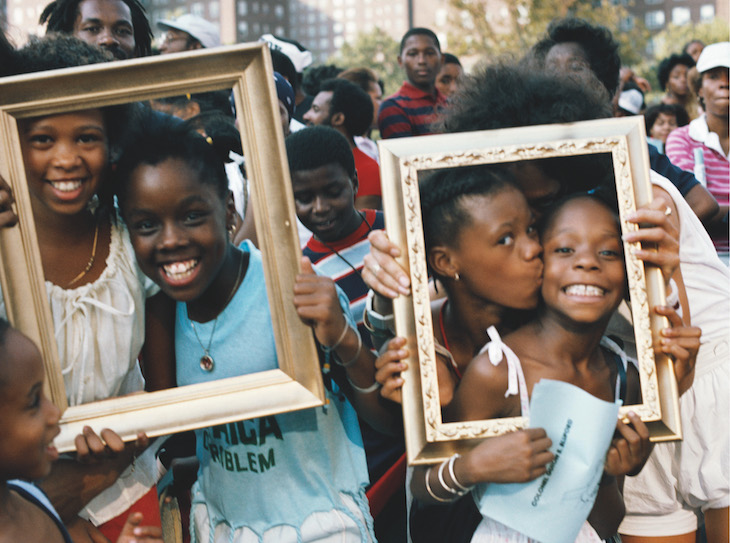
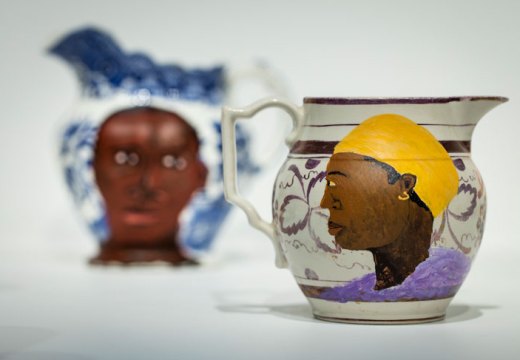
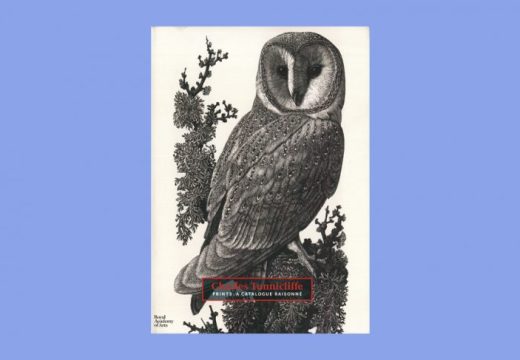
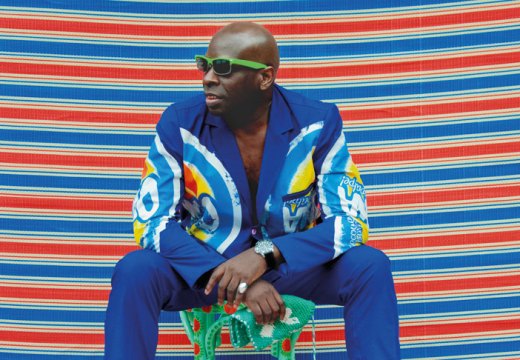








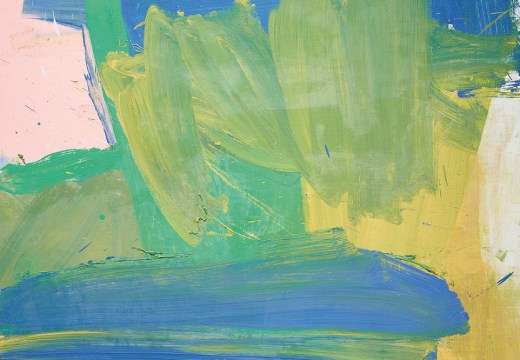
![Masterpiece [Re]discovery 2022. Photo: Ben Fisher Photography, courtesy of Masterpiece London](http://www.apollo-magazine.com/wp-content/uploads/2022/07/MPL2022_4263.jpg)
Why are fathers so absent from art history?